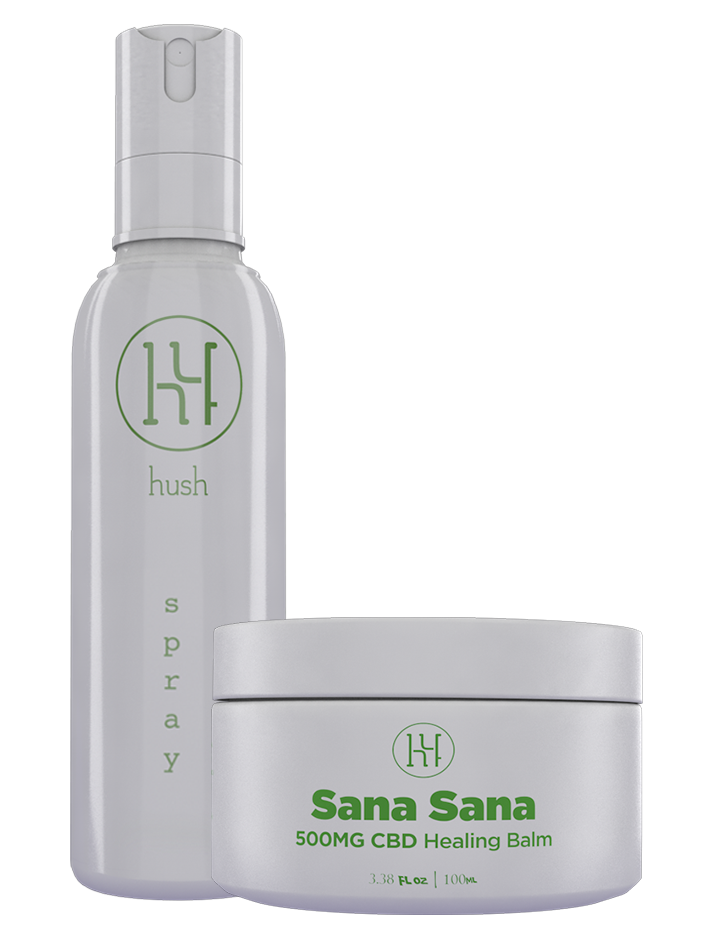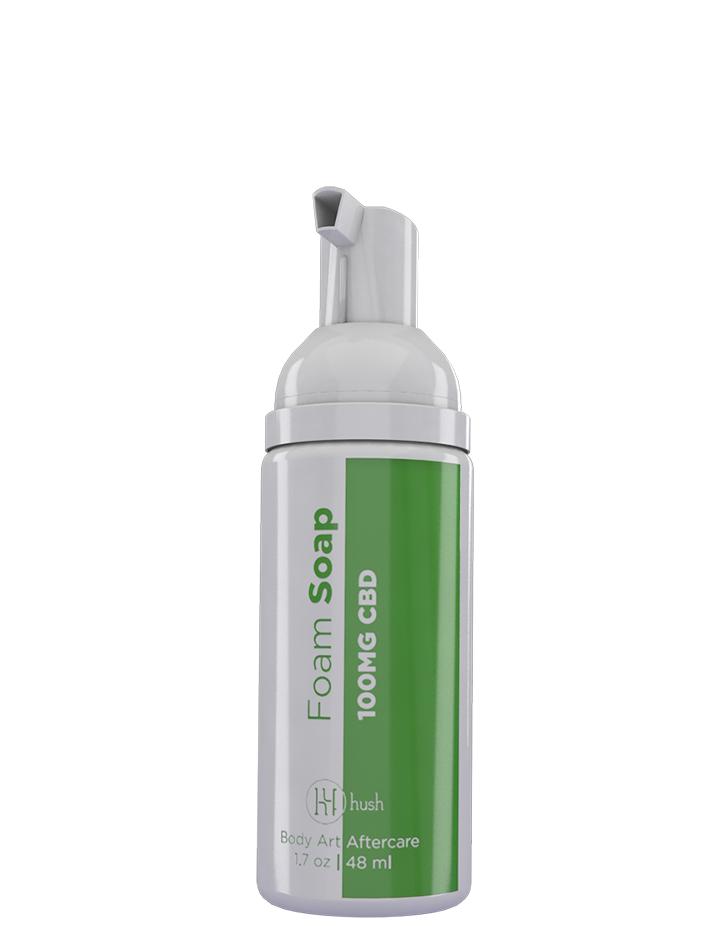
$24.99
For some people, the pain of a tattoo is a part of the whole experience. There’s a definite thrill to it. For many others, though, the pain simply gets in the way of the process. Before deciding on a topical numbing solution for your tattoo, it’s important to understand your options.
Many people might see that both benzocaine and lidocaine are topical numbing solutions. However, there is a clear answer about which can work better for a tattoo.
What Is Tattoo Pain Like?

The pain level of a tattoo depends on a variety of factors. The location, size, and style largely influence how the tattooed person reacts. Many people rate the pain somewhere between a cat scratch and a sunburn (or a cat scratch on a sunburn).
Smaller tattoos and fine line tattoos are much less painful than those with lots of shading or filled-in portions. The greater area a tattoo covers, the longer it takes to complete, and the more painful it will likely be.
Tattoos hurt because the needles are pressing into the skin and affecting the nerves in the area. Some people are more affected by the pain than others. Many people don’t mind the pain of a tattoo. For some, it is just a part of the process.
Why Does a Tattoo Hurt?
A modern tattoo is done with an electric machine, usually consisting of one or more needles that pierce the skin at the same time. This machine works overtime – about 80-3,000 punctures per minute. Most machines also have multiple needles that work simultaneously. Ouch!
The skin is the largest organ in the body. The epidermis and the dermis are the major components that make up the skin’s layers. The epidermis is the top layer of dead skin, and the dermis lies just below the epidermis. Here in the dermis is where the sensory cells are at work.
The tattoo needle needs to go far enough into the skin to be permanent while still being visible under layers of skin. This puts the needle right by the skin’s pain receptors.
With the skin being punctured up to 3,000 times per minute, constant messages are being sent to the brain that the skin in that area is under attack. And your skin will fight back in a big way — think swelling and redness.
Is All Skin the Same?
Some areas of the body do hurt more than others, and this is because some parts of the body are more delicate and sensitive than other parts (whether that’s because of more nerve endings of more day to day stimulation).
For example, tattoos on the hands, torso, inner bicep, and feet will probably be more painful than on the upper arm, forearm, or calf.
Thankfully, you don’t need to deal with this pain if you don’t want to! There are topical products by HUSH to help you before, during, and after the appointment.
Options for Tattoo Pain Control

Tattoos have a reputation for being painful, but we’re ready to change that assumption. With the HUSH range of pain relief products, you can be ready for a fun experience without the ouch factor.
- The Tattoo Numbing Gel is for preparing for a new tattoo. Before your appointment, rub a small amount of this water-based and non-greasy formula onto the area you plan to get tattooed. The gel contains a combination of numbing lidocaine and natural botanicals to soothe and protect the skin before the tattoo.
- Similar to the Numbing Gel, the Tattoo Numbing Cream targets nerve endings in the skin with a similar blend of lidocaine and botanicals but in a different form.
- The lidocaine-based Tattoo Healing Spray is formulated especially for pain relief post-tattoo appointment. Apply directly to the tattoo and allow it to absorb into the skin for about one minute before gently patting dry.
Lidocaine
Lidocaine is a topical cream, gel, or lotion used directly on the skin to reduce pain in the area it is applied. The main purpose of lidocaine is to numb the skin. This is perfect for anyone wanting to avoid any intense pain during their tattoo session.
When applied to the skin, lidocaine typically takes 30-60 minutes to start working. The lidocaine blocks the nerve endings from sending the pain signals to your brain.
The lidocaine-based HUSH products are the perfect tool to add to your tattoo appointment ritual. Lidocaine is fast-acting, reliable, and helpful for many people looking to avoid a painful tattoo experience.
Benzocaine
Lidocaine and benzocaine are often discussed as comparable topical products, but what makes them different?
Benzocaine is the active ingredient in many topical pain relievers. It works by blocking the nerves from sending impulses to the brain, similar to how lidocaine blocks pain.
The purpose of benzocaine is to numb the skin temporarily. The major difference between benzocaine and lidocaine is that they are meant to be used on different areas of the body.
Benzocaine numbs areas like the mouth, soaking into softer tissues and mucous membranes. Lidocaine is stronger and thus works by numbing skin all over the body.
Which Is the Best Choice for Tattoo Numbing?

When getting a tattoo, it is important to think through all the decisions you will make along the way. Lidocaine works great when used to numb the skin.
It also does not affect the tattoo itself in any way. The lidocaine blocks the skin from feeling pain, but the ink and tattooing process will not change. Besides this, lidocaine is reliable and widely trusted by dermatologists.
Unlike lidocaine, benzocaine is an ester anesthetic — it is only helpful when used on mucous membranes of the body, like the mouth. Because of this, it will only be useful for clients who want a tattoo on the inside of their lip (which we’re totally here for).
Lidocaine or Benzocaine?
Lidocaine is an active ingredient in several HUSH products designed to keep pain at a minimum while getting a tattoo. If there are multiple kinds of topical anesthetic, why is lidocaine the best option?
Lidocaine is the only one of these popular, topical creams and gels that works when applied directly to the skin.
Both ingredients are topical products designed to reduce pain. However, you definitely will want to go with a lidocaine-based formula like what we use in HUSH when deciding on a form of numbing for your next tattoo (unless the tattoo will be in your mouth).
The range of pain relief products from HUSH provide lidocaine as an active ingredient and a combination of botanicals to soothe discomfort. These components work in tandem with lidocaine to gently and naturally relieve pain before, during, and after getting the tattoo.
Preparing for your own tattoo sesh? Explore the HUSH Tattoo Session Prep collection here!
Sources:




